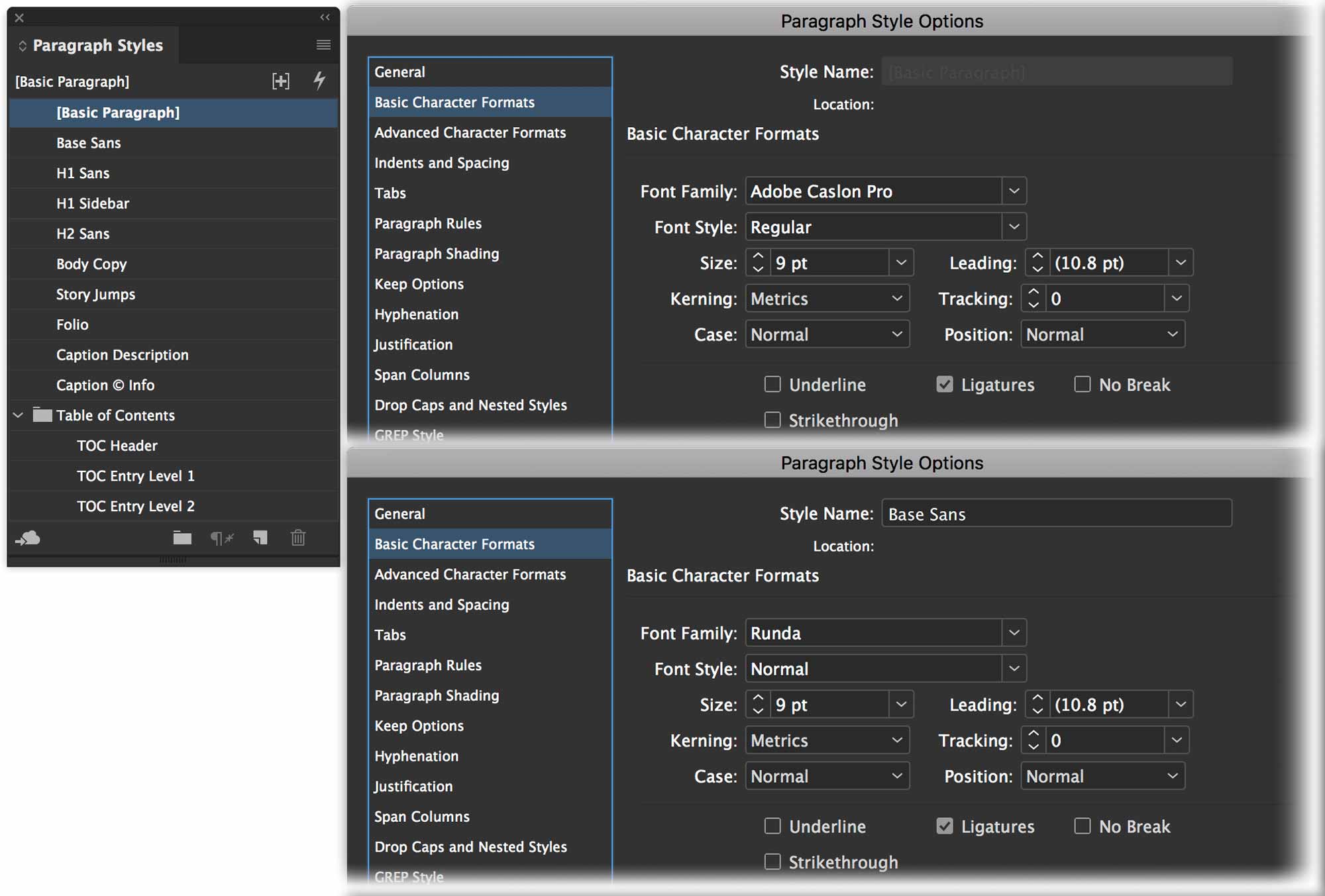

Step 5: Select the Proper Kinds of Windows 393 ■■ Even if the user has not yet saved the file, display the data file icon rather than the application icon, and again display the data file icon after the user saves the file.


■■ If the application creates, loads, and saves documents or data files and the window represents the view of one of its files, a small version of the icon that represents its document or data file type should be placed there. ■■ If the window contains a tool or utility (that is, an application that does not create, load, and save its own data files), a small version of the application’s icon should be placed there instead. When clicked with the secondary mouse button, the commands applying to the object are presented. It is a 16 ×16 version of the icon of the object being viewed. Located at the left corner of the title bar in a primary window, this button is used in Windows to retrieve a pull-down menu of commands that apply to the object in the window. Doing so may conflict with the special user controls Windows adds for configurations that support multiple languages. Microsoft recommends that one never place application commands or other controls in the title bar. Title bar text writing guidelines are described in Step 8. Title bars are included on all primary and secondary windows. Pressing the Alt+Spacebar key combination also displays the shortcut menu for the window.

For example, as an access point, when a user clicks on the title bar using the secondary mouse button, the pop-up or shortcut menu for the window appears. The title bar also serves as a control point for moving the window and as an access point for commands that apply to a window. In Microsoft Windows, the title bar may also possess, at the extreme left and right ends, control buttons (described later) for retrieving the system menu and performing window resizing. The title bar contains a descriptive title identifying the purpose or content of the window. This title bar is also referred to by some platforms as the caption, caption bar, or title area. The title bar is the top edge of the window, inside its border and extending its entire width. Step 5: Select the Proper Kinds of Windows 391įigure 5.1: Microsoft Windows primary window. If the window cannot be resized, the border coincides with the edge of the window. If a window is resizable, it may contain control points for sizing it. Windows filling an entire screen may use the screen edge as the border. This variation can be used as an aid in identifying the type of window being displayed. The border comprises a line of variable thickness and color. Also, textual materials, which are usually read from left to right, fit most efficiently within this structure. While a border need not be rectangular, this shape is a preferred shape for most people. A summary of window components for these types of windows is also found in Table 5.1.Ī window will have a frame or border, usually rectangular in shape, to define its boundaries and distinguish it from other windows. How these different types of windows are used will be described in a later section in this step. Illustrations of secondary windows and dialog boxes are illustrated in Figures 5.8 and 5.13. An illustration of a primary window is found in Figure 5.1. Specifically reviewed will be primary windows, secondary windows, and a form of secondary window called the dialog box. What follows is a description of typical window components and their purposes, with emphasis on the most popular windowing system, Microsoft Windows. Some inconsistencies do exist in element locations between different systems, however, as do some differences in what the elements are named, or what graphic images or icons are chosen to identify them. Most windowing systems provide consistent locations for elements in their own windows. For consistency purposes, these elements should always be located in the same position within a window. Some appear on all windows, others only on certain kinds of windows, or under certain conditions. So, we must cope with their constraints for now and, in the meantime, enjoy the benefits they possess.Ī typical window may be composed of up to a dozen or so elements. In spite of their problems, windows do have enormous benefits and are here to stay. Other possible window problems include the necessity for window borders to consume valuable screen space, and that small windows providing access to large amounts of information can lead to excessive, bothersome scrolling. It is also suggested that to be truly effective, window manipulation must occur implicitly as a result of user task actions, not as a result of explicit window management actions by the user. Windows do exist, but they can be negated by excessive window manipulation requirements. 390 Part 2: The User Interface Design Process


 0 kommentar(er)
0 kommentar(er)
